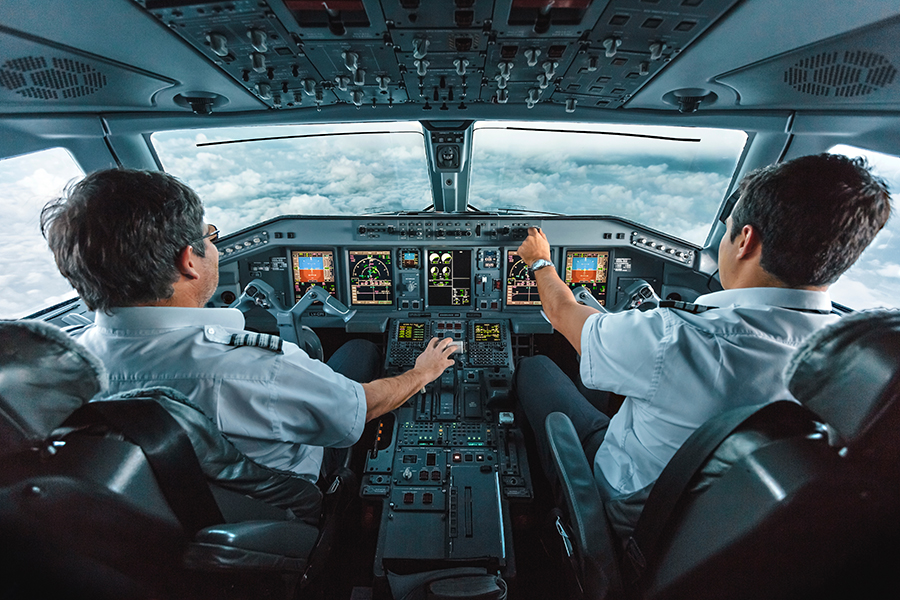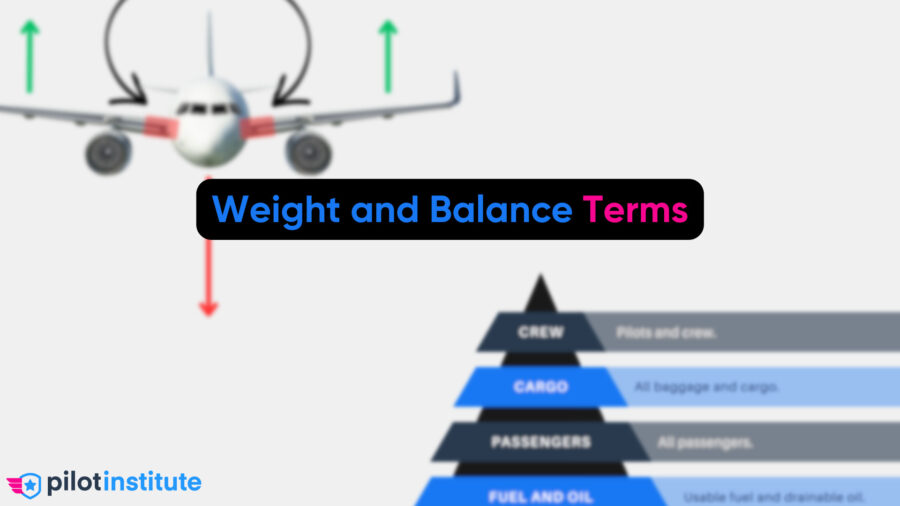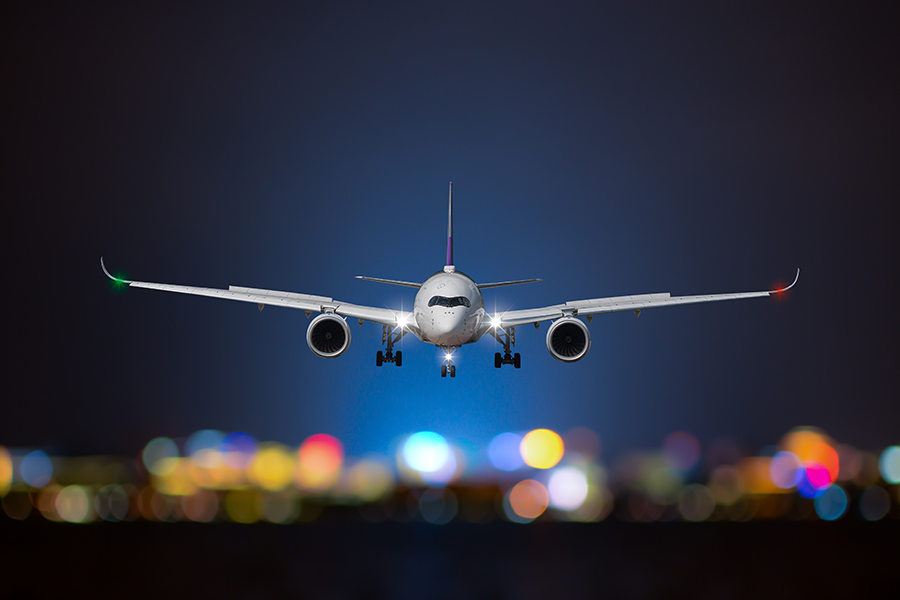ADS-B is a relatively new technology in aviation, but it has quickly become one of the most important.
And with any new technology comes new rules.
Without a solid understanding of the rules surrounding ADS-B, you’re setting yourself up for potential legal issues and even safety risks.
Let’s make sure that doesn’t happen.
In this article, we’ll dive into everything you need to know about ADS-B requirements.
What is ADS-B?
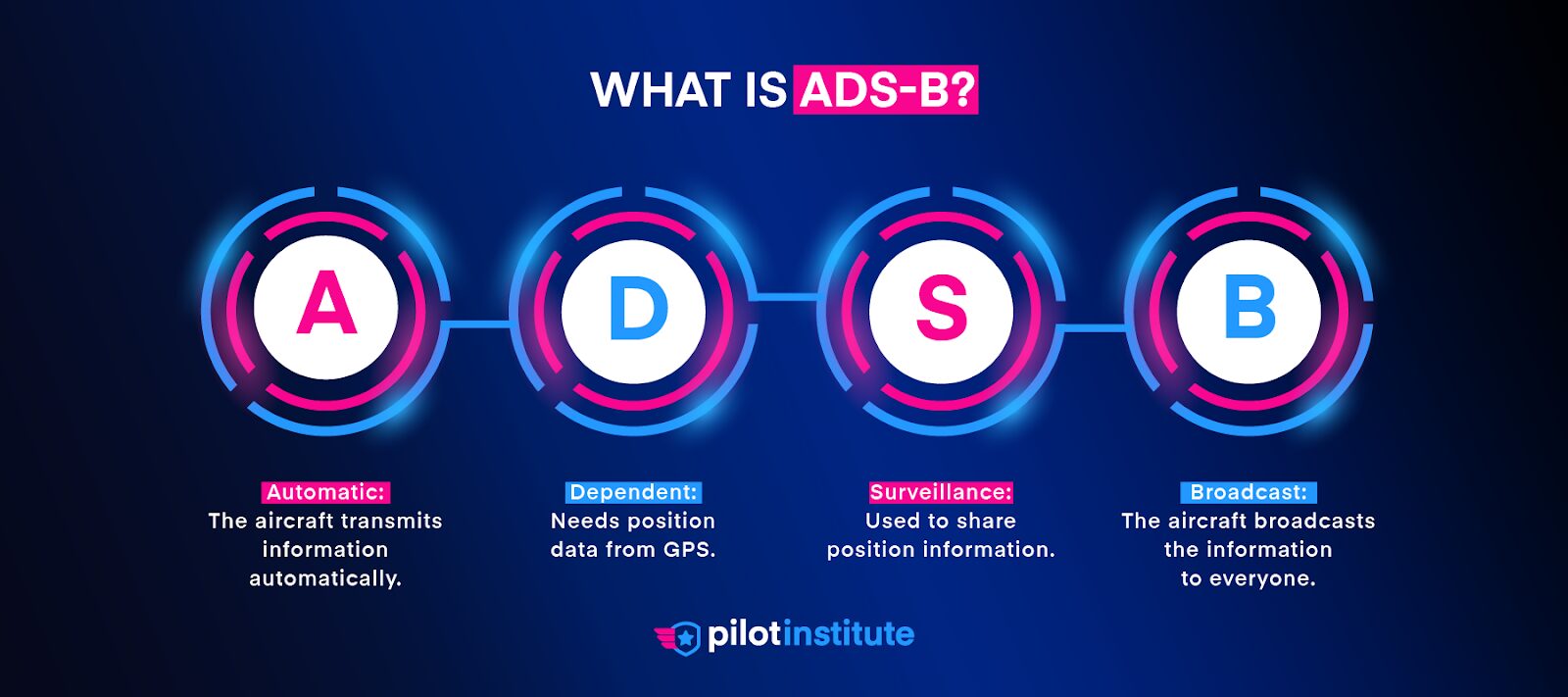
ADS-B stands for Automatic Dependent Surveillance-Broadcast.
Sounds complicated, right?
Like many things in aviation, it sounds more complicated than it is.
ADS-B is an aircraft surveillance system. It gives air traffic services accurate and precise location data. This data is used to maintain aircraft separation.
First, let’s break down the components of ADS-B:
- Automatic: The aircraft automatically transmits information to the station. The user is not involved.
- Dependent: It depends on gathering data such as the aircraft’s position and direction of travel. GPS or another suitable navigation system determines the data.
- Surveillance: The system can determine the aircraft’s three-dimensional position for surveillance purposes.
- Broadcast: It sends out information accessible to individuals equipped with the relevant receiving devices.
There are two variations of ADS-B, the 978 MHz Universal Access Transceiver (978UAT) and the 1090 MHz Mode S transponder with Extended Squitter (1090ES). The standard for ADS-B equipment is the 1090ES, whereas some airspace in the US allows the 978UAT.
So, what does this all mean for us pilots?
Primarily two things.
One, when equipped correctly, it means we can enter airspace where ADS-B is required.
And two, if we have the capability to receive ADS-B signals, we can monitor the position of other traffic.
How Does It Work?
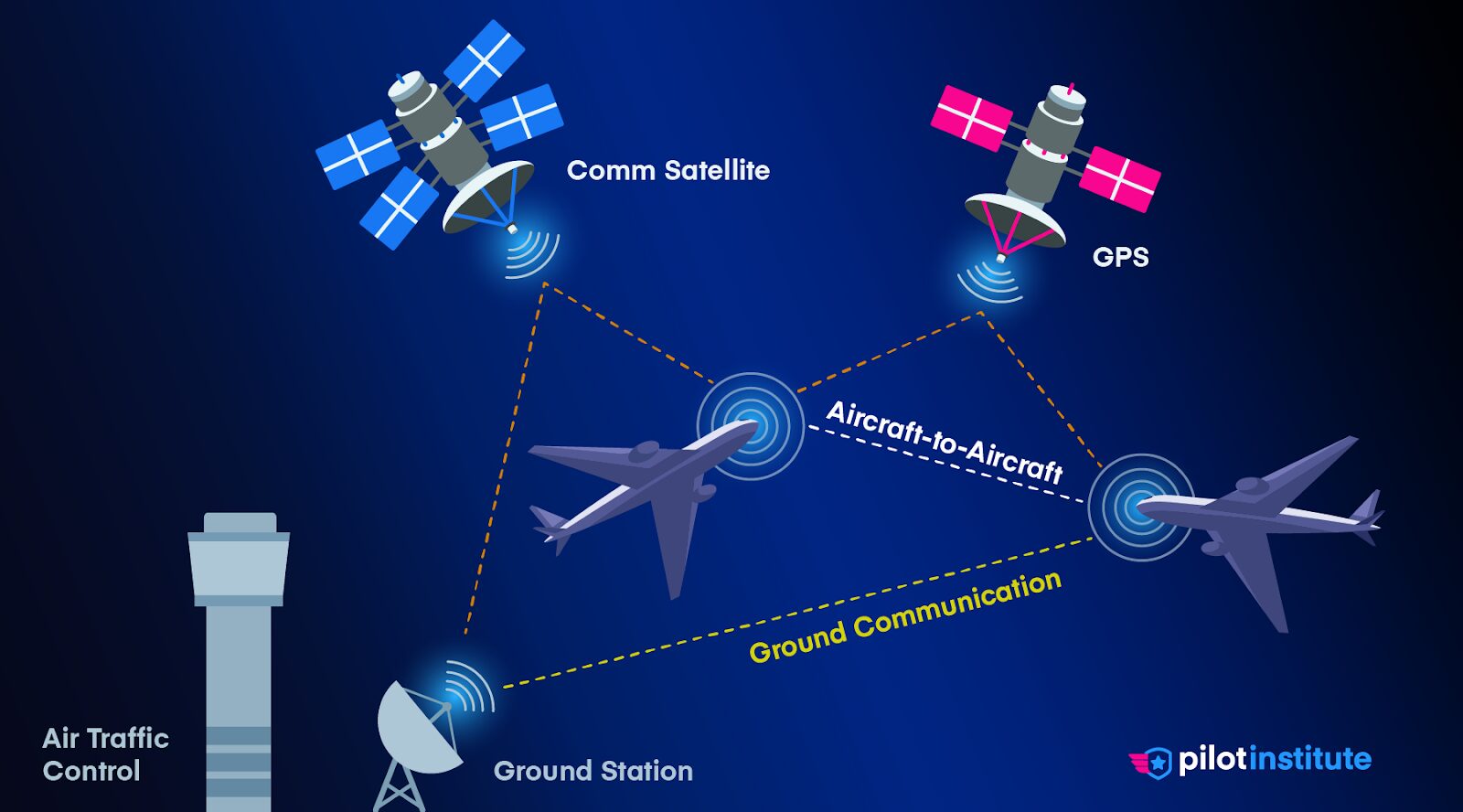
We now know what ADS-B is, but how does it work?
ADS-B requires transmitters to broadcast position information and receivers to receive it.
Most aircraft are equipped with an ADS-B transponder. It broadcasts precise information about the aircraft’s GPS location, altitude, ground speed, and other data. It does this every half second. They call this ADS-B Out.
ADS-B ground stations capture this information. They then share it with air traffic controllers. They call this ADS-B In. Other aircraft can also receive this information if equipped with the correct transponder.
ADS-B Airspace Requirements
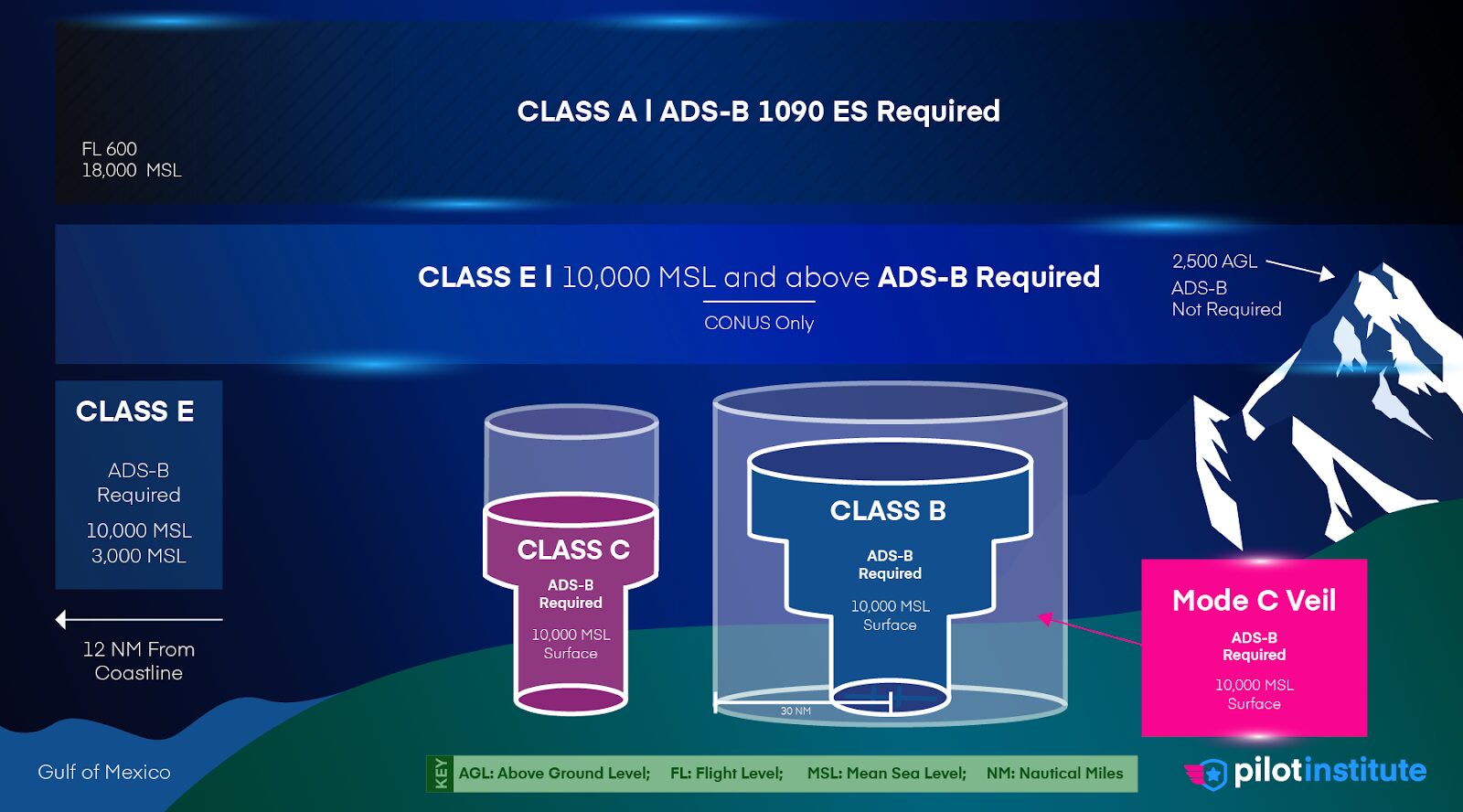
So, which airspace requires ADS-B?
The general rule is that you must have ADS-B to fly in most airspace.
Unfortunately, different airspaces have different rules and requirements. This makes it a little harder for us to remember.
Fortunately, we have crafted a table below. It details the requirements from the FAA for each airspace. This makes it easier for you to remember.
| Airspace | Altitude |
| Class A | All |
Class B | Surface to 10,000ft Above Mean Sea Level (MSL). This includes areas of Class B that extend beyond the Mode C Veil up to 10,000ft AMSL (e.g., LAX, LAS, PHX). |
Class C | Surface up to 4,000 feet MSL, including the airspace above the horizontal boundary up to 10,000 feet MSL. |
Class E | At and above 10,000 feet MSL over the 48 states and DC, excluding airspace at and below 2,500 feet AGL. Over the Gulf of Mexico at and above 3,000 feet MSL within 12 nautical miles of the coastline of the United States. |
Mode C Veil | Airspace within a 30 NM radius of any airport listed in Appendix D, Section 1 of Part 91 (e.g. SEA, CLE, PHX) from the surface up to 10,000 feet MSL. |
| Internationally to or from the United States | All |
| Above Flight Level 180 | All |
Let’s say you don’t have ADS-B. Where can you fly?
ADS-B is optional in the following airspace:
- Class D Airspace.
- Under a Class B or C airspace shelf, unless it lies within a Mode C Veil.
ADS-B Equipment Requirements
Having compliant ADS-B equipment is crucial to keep you safe and out of trouble.
Aircraft flying in ADS-B mandatory controlled airspace must be equipped with the following:
- Version 2 ADS-B Out transmitter (Either 1090ES or 978UAT)
- Compatible GPS Position Source (WAAS signal from an approved GPS or a separate WAAS GPS receiver)
Having an ADS-B In transceiver is optional but recommended.
To get compliance, you must also ensure the equipment is installed correctly.
You should get your equipment installed by a certified Aircraft Maintenance Technician (AMT). They can perform a specialized test to ensure your ADS-B Out system is compliant.
Conclusion
There is no question that ADS-B has already revolutionized aviation. It has made the industry safer by increasing pilot’s and air traffic controller’s situational awareness.
As aviators, we must comply with these new rules and regulations so we don’t find ourselves in trouble with the FAA.
Another thing that can get you into trouble is if you don’t meet the currency requirements for your license.
Is this you?If so, read this article on currency requirements to get yourself up to speed.

